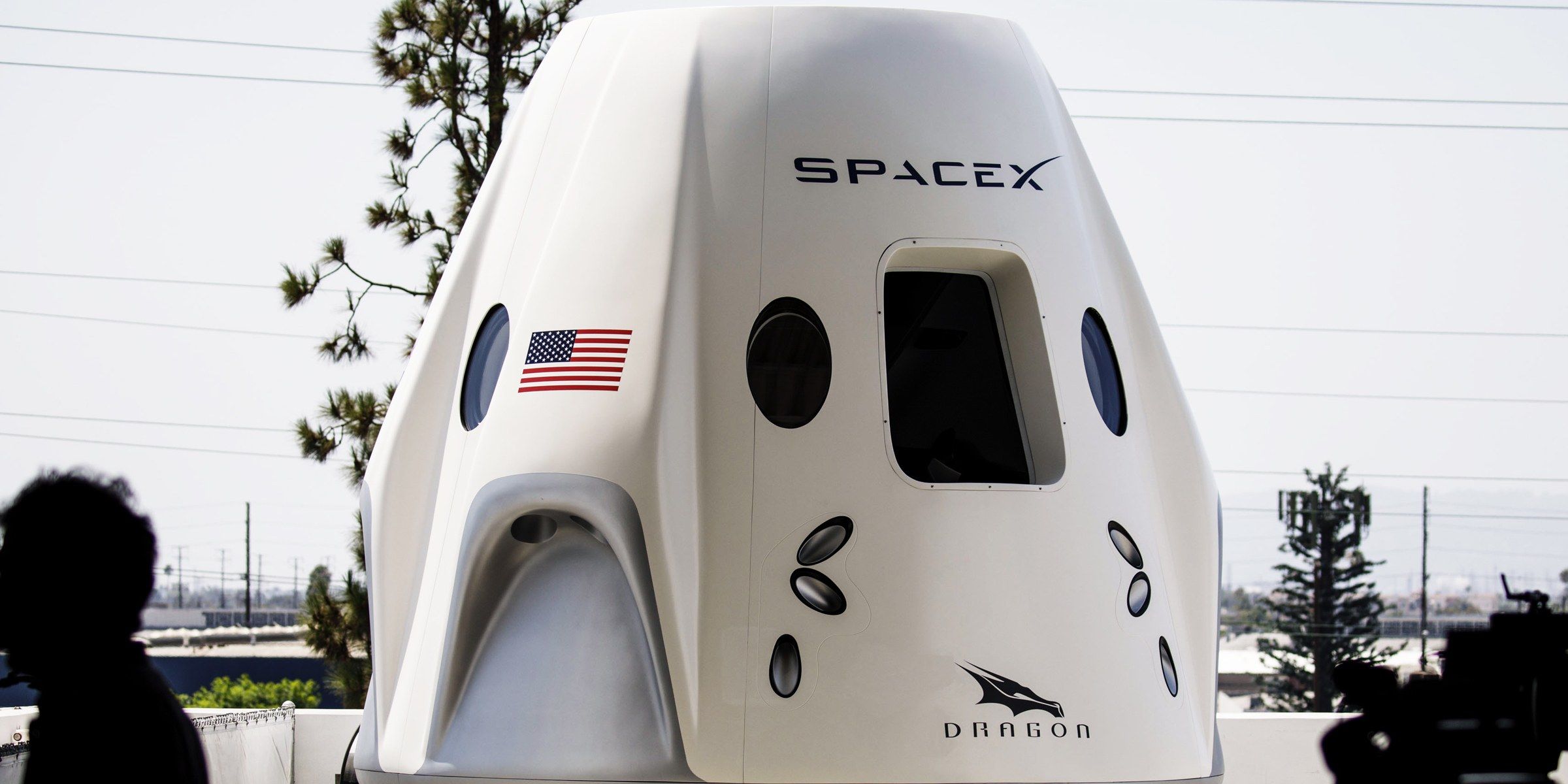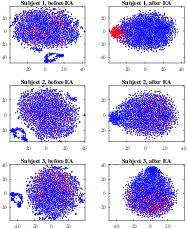Workhorse, with its 120 employees, hopes to beat larger players to market.


Finding alien life on a distant planet would be amazing news — or would it? If we are not the only intelligent life in the universe, this probably means our days are numbered and doom is certain.




Fraudsters are now gingerly testing the waters in central and Western Europe with attacks that drain cash machines of their funds, according to a trade group that studies criminal activity around ATMs.
See Also: How to Combat Targeted Business Email Compromise Attacks
The European Association for Secure Transactions, or EAST, says the attacks, sometimes referred to as “jackpotting,” rose 231 percent in 2017 compared to 2016. Last year, 193 incidents were reported compared to 58 in 2016.



